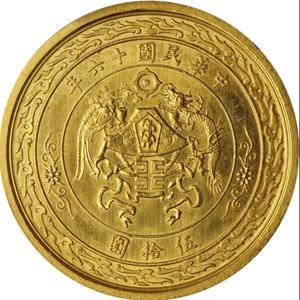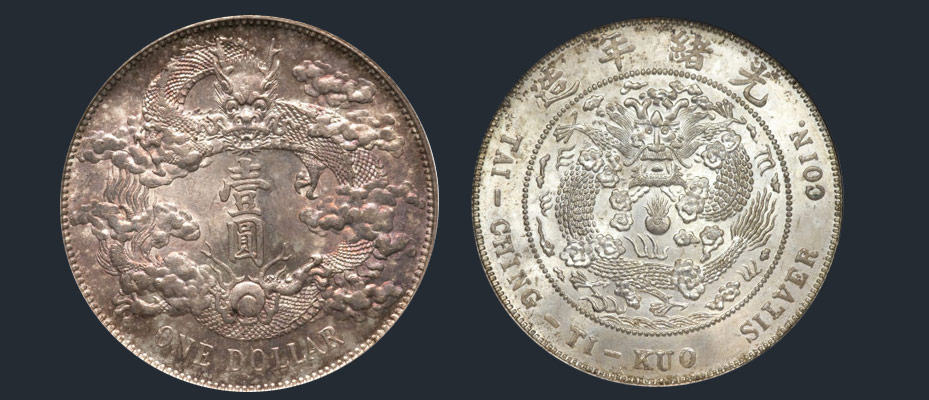

If you prize rare coins above all, you’ll appreciate the 1915 centavos from Oaxaca, which have a rectangular shape. If you appreciate coin design, you’ll be awed by the image of the woman on horseback on the 1910 silver peso. Each shows a liberty cap and an eagle holding a snake in its beak, a symbol of Mexico City.Įven though the gold in each peso decreased by nearly half in the 20th century, coins from the early 20th century remain valuable today. Nevertheless, these silver and gold coins from the 1820s are some of the most in-demand and valuable Mexican coins today. In the 1860s, the independent nation first issued its own currency in the form of centavos and pesos.Īlthough Mexico had gained independence by the 1820s, the republic continued to use the Spanish escudos and reales. As a Spanish colony, Mexico’s main forms of currency included the silver real and gold escudo. Collectible Mexican Coinsīecause Mexico was a Spanish colony for centuries, this region also has dozens of highly sought-after collectible coins. One sold at auction for more than $2.1 million, making it one of the most prized foreign coins today. The 100 ducat coin features a portrait of Polish King Sigismund III Vasa on the obverse and an intricate coat of arms on the reverse.īecause only six of them still exist today, these 100 ducat coins are considered highly valuable. This 17th-century coin was issued in 1621 to celebrate the Polish victory over Turkish armies. If you find coins from countries that no longer exist intriguing, you’ll want to keep an eye out for the 100 ducat coin from the Polish-Lithuanian Commonwealth. Today, with an estimated price tag of over $800,000, this foreign coin value is one of the highest recorded. Even in the 14th century, the value of these coins was relatively high, as they were designed for trade with neighboring countries. One is in a private collection, and two belong to museums, which means you won’t find them for sale. That’s why there are only three remaining examples of the gold Edward III Double Leopard coin today. The ruler quickly replaced these coins just a few months later and called for them to be demonetized and melted down. Although King Edward III issued a double florin, a florin, and a half-florin in 1344, these coins didn’t last long. If renaissance-era currency is more your speed, you’ll appreciate the 14th-century double florin that features Edward III alongside two leopards, his armorial animal. Countless designs depict portraits of the various dictators and emperors and commemorate occasions like military victories and important anniversaries. You won’t find many ancient Roman coins at auction, but you can see them in some museum collections.

This rare collectible features the Greek god Dionysus and his companion Silenus drinking wine. In fact, a Greek coin is one of the most valuable ancient coins on the market today. Celtic rulers made the first coins in England and Western Europe, and many feature intricate silver or gold designs.Įven though they’re considered ancient, many Greek coins were highly sophisticated and made from pure silver or gold. Most coins were minted from a gold-silver alloy.

The first known coins came from Turkey, then known as Asia Minor. Although their age makes these coins some of the rarest, they’re highly sought after because of their history and value. Any coin minted before the fall of the Roman empire in 476 A.C.


 0 kommentar(er)
0 kommentar(er)
